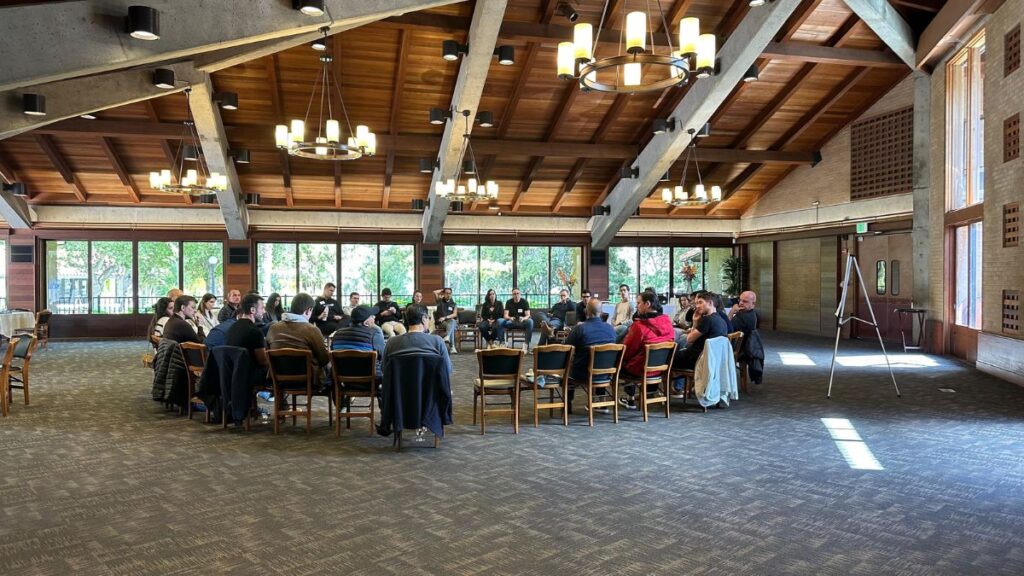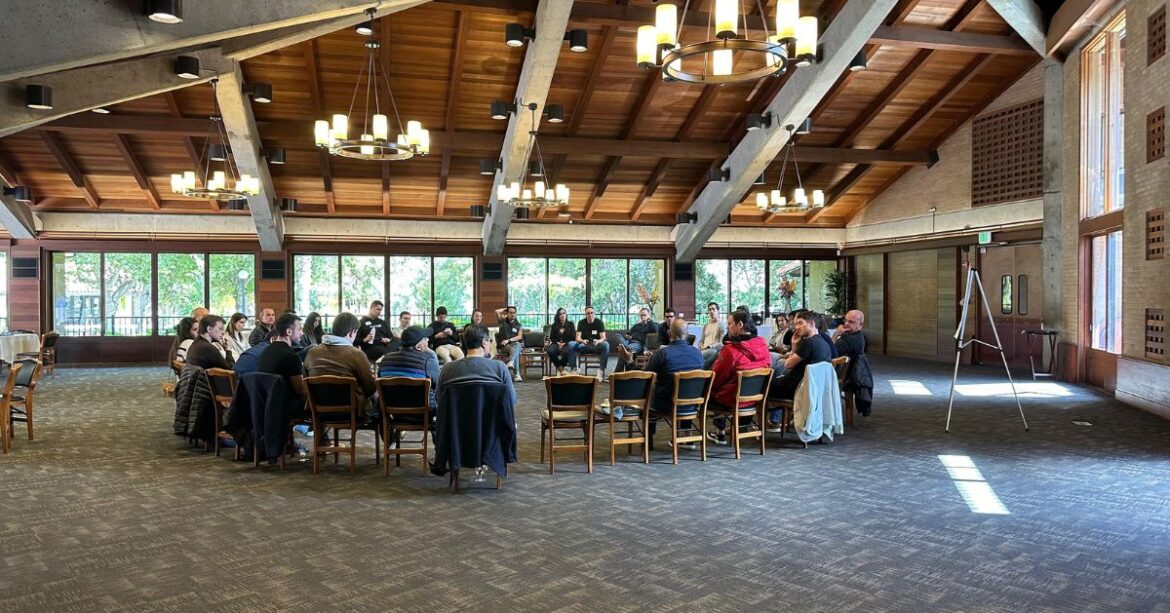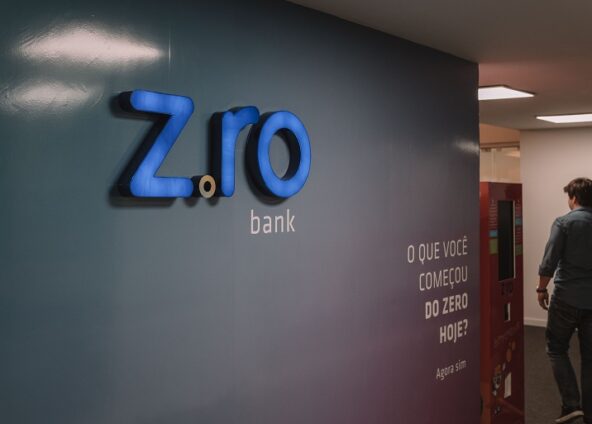On Sunday morning, the day before the start of Brazil at Silicon Valley, I was invited to a discussion about SaaS It is AI in Latin America, which took place at Stanford and was organized by Alexia Ventures, venture capital fund. The event brought together a select group of 30 founders of software companies that use some type of artificial intelligence, with a few more investors and LPs and two special guests: Allen Taylor It is Jake Saper, both investors in Venture Capital.
An In-depth Conversation about the History and Future of Software
After breakfast, with a full belly, well-balanced doses of caffeine and under a high ceiling with a wooden ceiling and a view of nature, we started talking about the history of software companies, the future and the opportunities we can address in the Brazilian market. Thirty people in a single circle, elaborating on this madness of transformation that we are experiencing.

From CD Rooms to Copilots: The Software Revolution
The first software evolution was the migration to cloud. Then came vertical software that makes programs for specific uses in their industries, and now the evolution is for copilots. If you like marketing, like me, you'll love this commercial from Microsoft presenting the Copilot which is already becoming synonymous with a product category.
But it is worth pointing out that, even so, most of the software we use runs on IBMs locked in some closet: airlines, credit cards, banks. The bets are that the biggest innovation we will see in technology in the coming years will be in copilots for different market verticals.
Three Software Layers in Artificial Intelligence
Artificial intelligence is being understood from three layers where it is possible to innovate and undertake.
- Models: Technological foundations for building applications. Competing at this level is almost impossible if the company does not have the computing power or database of big techs.
- Infrastructure Companies: They enable the use of models, allowing companies to train models with their own data.
- applications: The practical programs that end users will use. The big question is: what is the differentiation and defensibility of a company that delivers an application made using a technology that is accessible to all other companies?
Challenges and Opportunities for AI Startups
Make a UX that accesses the platforms AI, or who makes good prompts, is something that, if it works, many competitors emerge. So if technology is a commodity, where can we create proprietary value? Nobody has the answer.
Strong companies are those that solve a problem for the customer, the customer actually doesn't care how the problem is solved.
The Incumbents and the AI Fight
With the rise of AI, the incumbents are coming heavily into the fray. They have large databases and are adapting their products. It is not easy for the insurgents to open up a space in the market.
The Future of Technology Companies in Latin America
The flow of emerging markets in technology generally starts with commerce, then evolves into infrastructure and finance, then SaaS Enterprise (which is the moment we are in Brazil). Then the natural thing would be to move on to Vertical SaaS and then go to the copilots.
At the same time, fundamental technology AI are available to everyone, so perhaps we will start to see more global software emerging in emerging markets. There is a consensus that nothing prevents a Brazilian company from competing globally and it is quite possible that we will see more examples soon.
Conclusion
The important thing is to keep an open mind and understand that we don't know anything. It's too early to have answers. And the best way to stay sharp is to talk to those at the cutting edge: founders, researchers, investors.
I hope this article left you a little sharper.
With information @Startups.com.br


